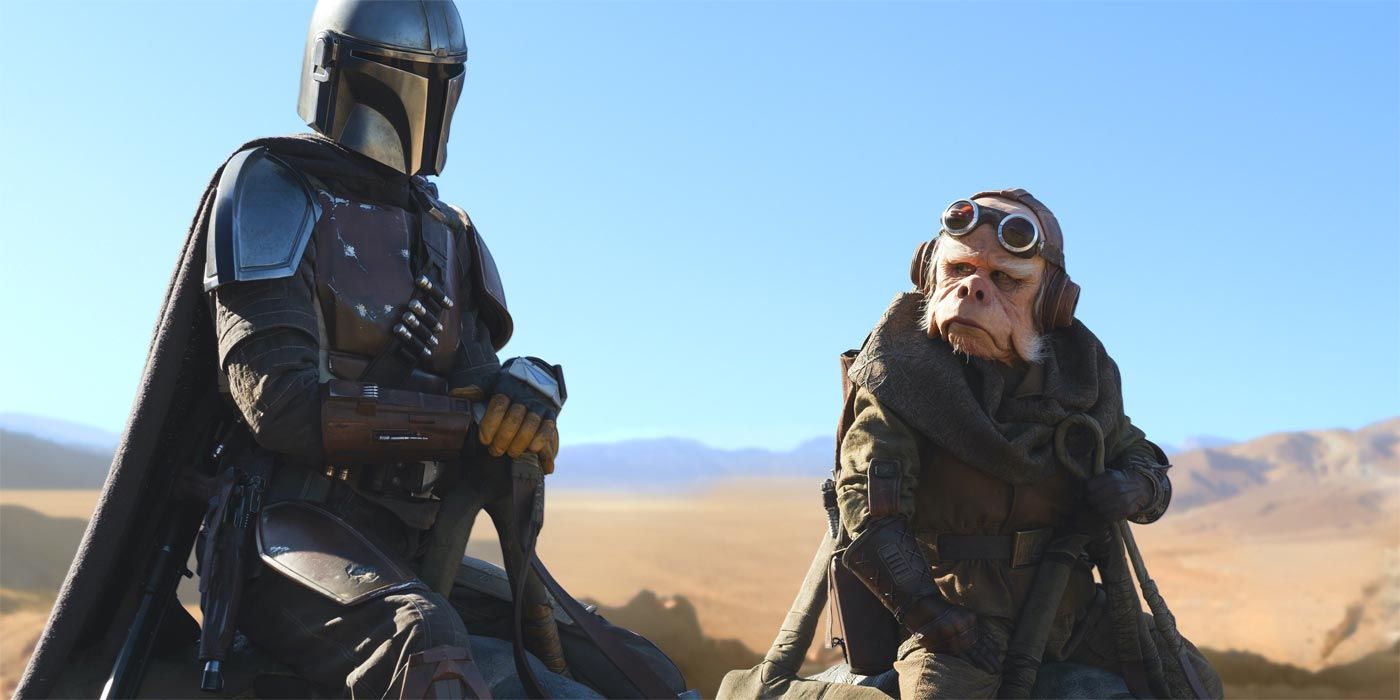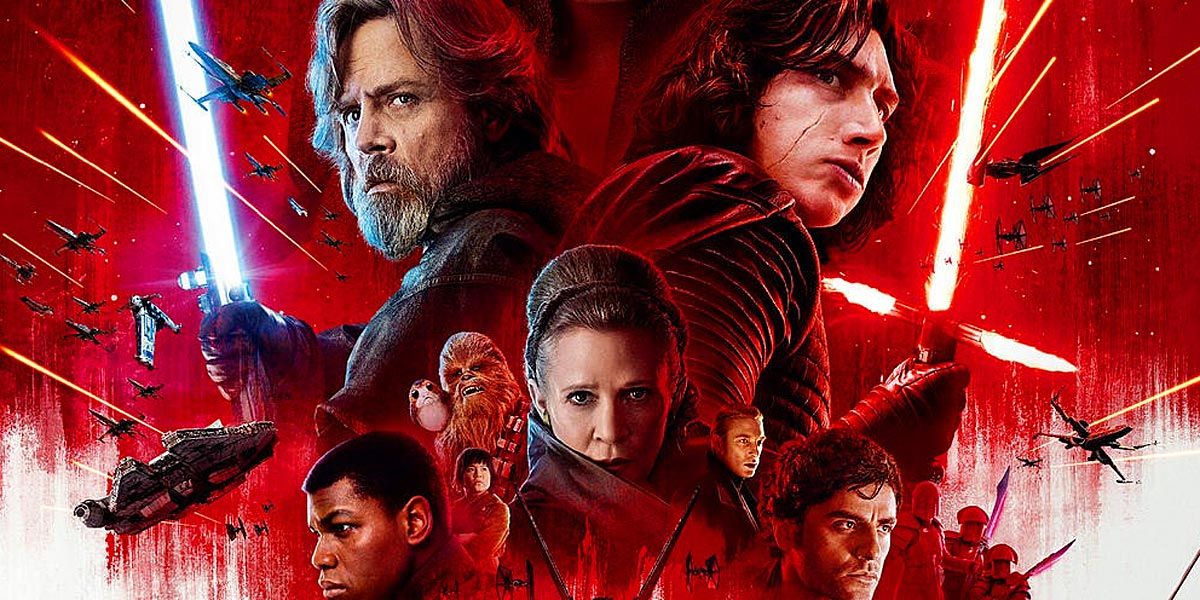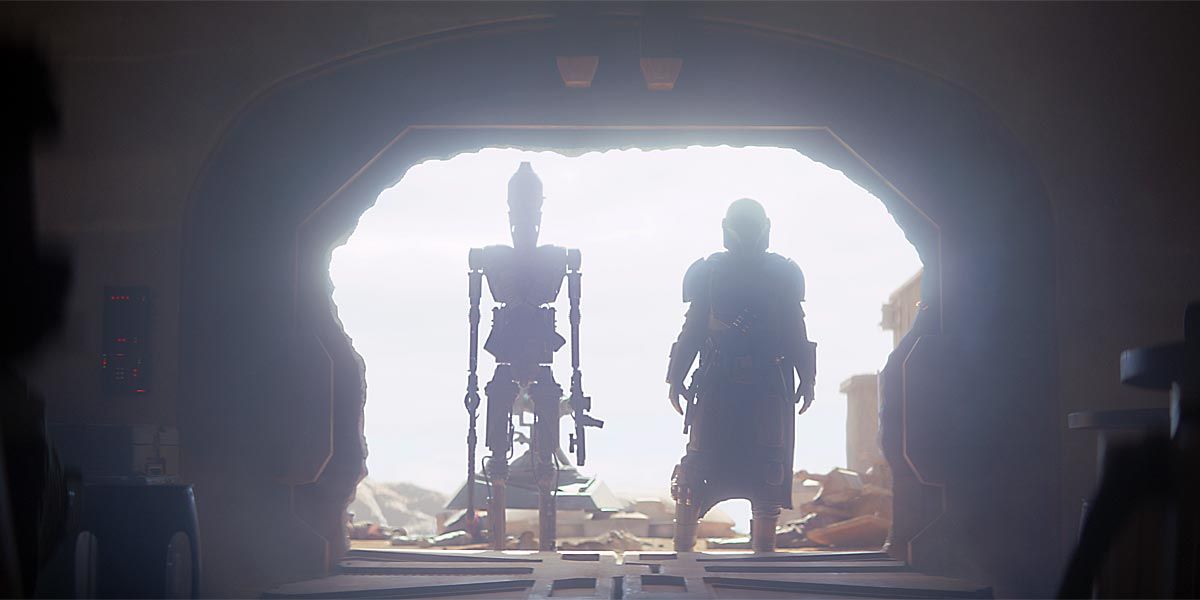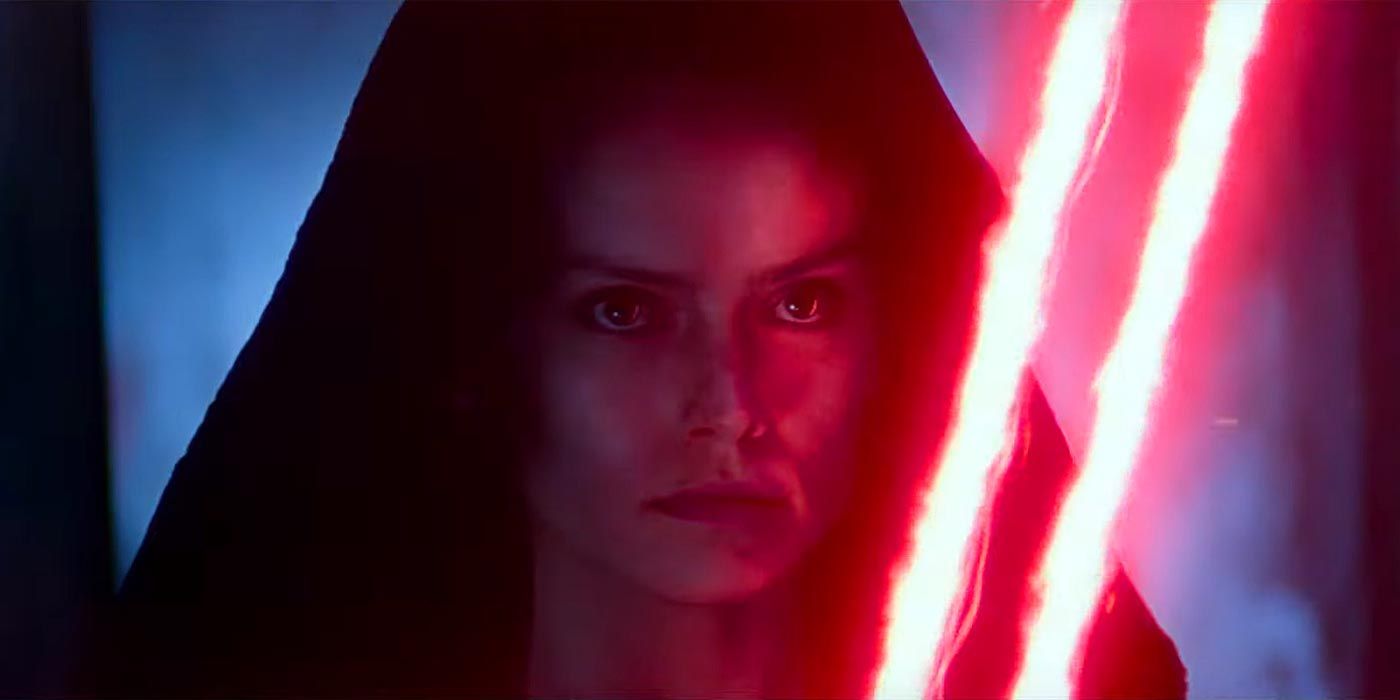With The Mandalorian, Star Wars fandom has seen something it hasn't seen in years: total consensus. Sure, some will complain, but with only a few episodes out, the fans following the events of the galaxy far, far away seem to agree on something: The Mandalorian is good.It feels like madness to say that, of course. The Star Wars fandom notoriously never agrees on anything, especially under the Disney era, where a vocal minority of fans scream at every decision Disney makes. Chris Stuckman, a widely beloved film critic, put it perfectly in this tweet.
As he acknowledges, the release of Star Wars Jedi: Fallen Order also appears to have received universal acclaim from fans, although that is less true for a reason we'll get to later. However, ultimately, both The Mandalorian and Fallen Order do one thing that probably has united the fandom for now: played it safe. While both properties do bring new components to Star Wars lore to the table, as of yet, neither has really challenged the order as the prior entries in the Star Wars Disney canon have -- save, of course, for Rogue One.
Safe vs. Challenging
It is important to acknowledge that something being "safe" doesn't necessarily mean it's bad or even subpar. Safe entertainment can be superb. The Avengers is, ultimately, a safe film in the Marvel Cinematic Universe when compared to its follow-ups. It continues the status quo, unites popular characters together, and offers tons of fan service. Yet most people acknowledge it as one of the better films in the franchise. Safe doesn't mean bad. It just means risks that might alienate audiences aren't taken.
In the case of science fiction, challenging works can often alienate audiences who might identify with the heroes or world of the earlier works. Frank Herbert's Dune is one of the most beloved science fiction novels of all time, but its sequel, Dune Heretic, alienated audiences because it presented its hero, Paul Atreides, as an antagonistic figure, establishing that the triumphant ending of the first novel was just a precursor for a destructive Jihad. If you read both books now, the transition seems logical, but audiences at the time did not want to be challenged, which led to the safer, better received third book, Children of Dune. If this sounds familiar, it's because Star Wars underwent a very similar experience with The Last Jedi, which offered a cynical future for hero Luke Skywalker.
When a work is challenging, it takes a risk. It attacks the status quo. It might alienate audiences by presenting a situation or scenario that either conflicts or develops prior ideas in a direction that isn't necessarily expected. Regardless of the story's quality, challenging films might alienate audiences.
How is Star Wars Safe?
Both Fallen Order and The Mandalorian are safe in that they both fit comfortably in previously established lore while citing some of the material fans love about Star Wars.
Fallen Order shows the aftermath of Revenge of the Sith -- by far the most fondly remembered of the prequels. It aligns with the lore previously established by Star Wars Rebels, another fondly remembered Star Wars property, in showing how the Inquisitors hunt down the remaining Jedi who survived Order 66. It offers all the elements fans love: light sabers, force powers, etc. It also is very reminiscent of Star Wars: The Force Unleashed, which also took place after Revenge of the Sith and focused on how the Empire hunted down the Jedi.
Now, Star Wars Jedi: Fallen Order is also a great game in regards to gameplay and narrative. The previously released Star Wars Battlefront II offered a "safe" gaming experience in regards to recycling nostalgic imagery, but it also featured loot boxes and several other problematic gameplay elements. Fallen Order is both safe and good, but the fact it's safe helps it out just an edge.
The more remarkable success is The Mandalorian, which feels far more like an old samurai or western film in style, returning to the core appeal of Star Wars: a western in space. It features two characters who bare a striking resemblance to two of Star Wars's most beloved characters, Boba Fett and Yoda, in the form of the titular Mandalorian and baby Yoda. It also retools classic characters like IG-88 in the form of IG-11.
As of yet, the series hasn't introduced any remarkable revelations about Star Wars lore. We knew about the criminal underground world of bounty hunters since A New Hope. The Mandalorian builds upon previously established lore rather than contradict it in the same way Rogue One builds upon previously established lore without contradicting anything. It is for this reason that even people who hate Star Wars under Disney appear to love Rogue One.
And, again, there is inevitably that huge thing: The Mandalorian is safe and good. A film like Solo is safe, but it wasn't necessarily as high a caliber story as The Mandalorian. It didn't feel new like The Mandalorian, even though both cover the same ground: exploring Star Wars's criminal underworld.
The Elephant in the Room
But while everything is safe, there is another reason the vocal Fandom Menace hasn't complained about the new Star Wars. And that's because both The Mandalorian and Fallen Order focus on the exploration of men.
While hate for this film has cooled down in recent years, The Force Awakens was in many respects a safe return to Star Wars lore. Sure, it has problems with its world building and establishing of lore, and the film recycles many elements fans loved about the original trilogy, to show that Star Wars was back after the risky and unpopular prequels. However, the big risk The Force Awakens took was the larger focus on its diverse cast, with Rey and Finn being core characters.
Star Wars has primarily focused on white men as the lead characters, from Luke to Anakin. People of color like Lando Calrissian and Mace Windu, while popular, often served as secondary characters. Of course, James Earl Jones voiced Darth Vader, but we just heard his voice.
The Mandalorian is played by Pedro Pascal, but, like James Earl Jones, we only hear his incredible voice work. We don't see his face. Cal Kestis from Fallen Order looks like Cameron Riley Monaghan. While both have diverse casts of actors and characters, the diversity is less visible than it is in the mainline Star Wars titles, which means that the racist and sexist members of the fandom have little to publicly complain about when discussing "forced diversity."
Diverse casts remain a huge risk. While both Fallen Order and The Mandalorian are superb, it is undeniable also that part of their pacifying impact on the Star Wars fandom is due to bigots not complaining. Though, granted, many are trying to complain.
As indicated here, however, some of these Fandom Menace types seem to believe that, due to the lack of diversity in The Mandalorian, that they have "won" some theoretical fight over Star Wars's diversity. This sadly casts a dark cloud over the success of The Mandalorian for reasons entirely outside Disney or Lucasfilm's control. It is undeniable that the risks Star Wars took in the past upset an outspoken minority in the fandom. Without these risks taken, this minority can't find fault, and, thus, they feel as though they have "won."




